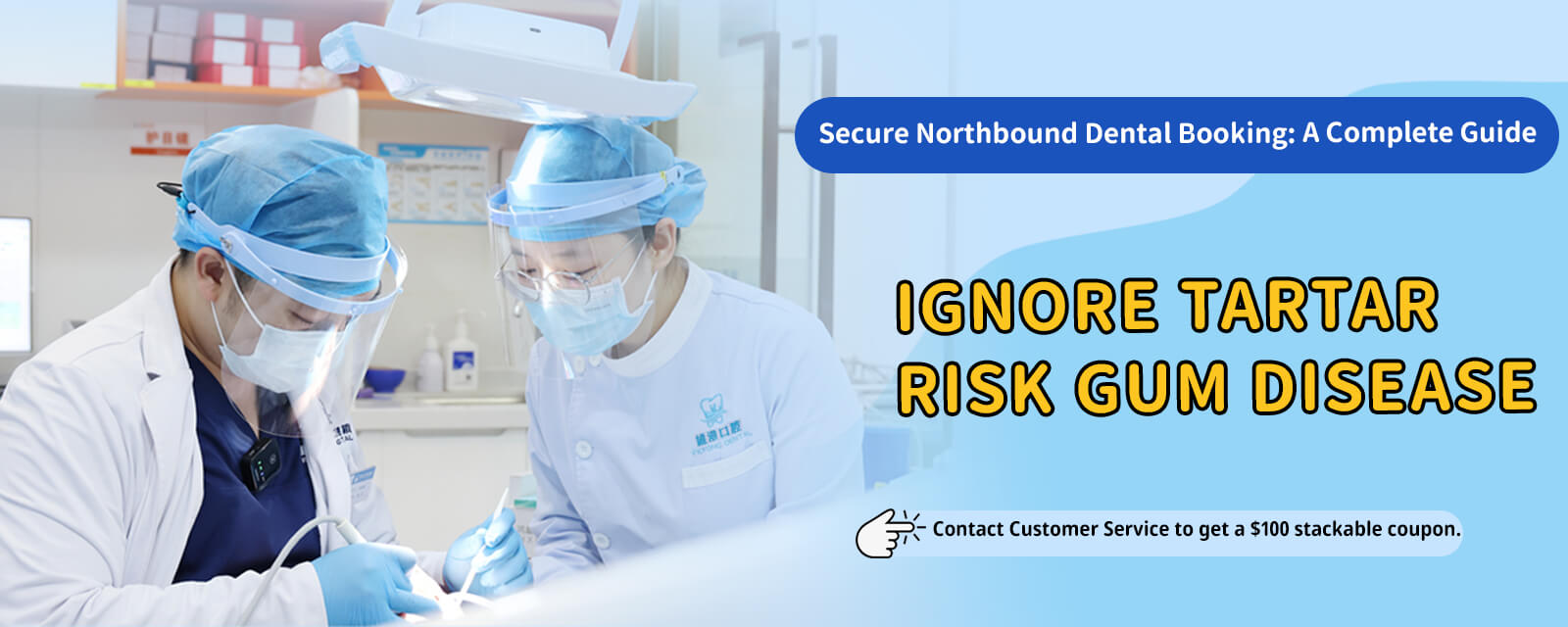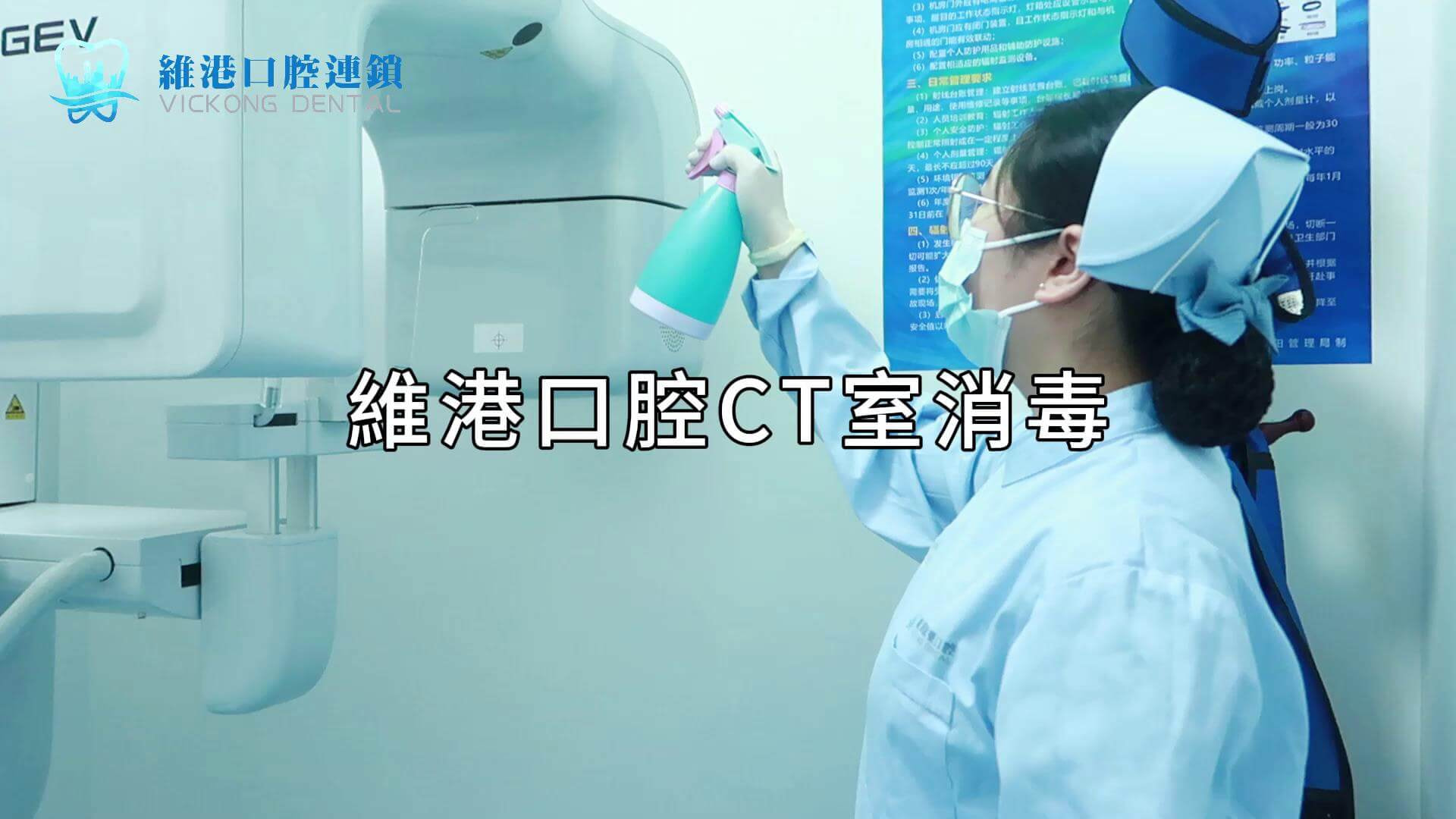**Why Should You Avoid Alcohol Before Dental Implant Surgery in Mainland China?**
In recent years, many Hong Kong residents opt to travel to Mainland China for dental implants due to mature dental technology, numerous options, and convenient transportation. Even though dental implant surgery is relatively safe and common, dentists often advise patients against consuming alcohol before the procedure. But why is it important to refrain from drinking before undergoing dental implants? Today, well delve into the reasons using colloquial Hong Kong Cantonese.
**1. Alcohol Affects Physical Condition**
Alcohol consumption impacts the central nervous system, leading to decreased reaction time and judgment. Some people may experience flushed skin, rapid heartbeat, and fluctuating blood pressure after drinking. Since dental implant surgery requires precision and patient stability, being under the influence may result in difficulty staying still or sluggish responses, compromising surgical safety.
**2. Increased Risk of Bleeding During Surgery**
Alcohol dilates blood vessels, causing blood pressure fluctuations and potentially impairing blood clotting functions. Implant surgery involves incision in the gums and insertion of metal roots; excessive bleeding during the procedure can hinder the dentists visibility and prolong surgery time, increasing infection risk.
**3. Slower Healing Process**
Alcohol weakens the immune system, diminishing the bodys ability to fight bacteria and viruses. Post-surgery, gums and bones need time to heal; however, alcohol consumption can slow tissue repair and heighten the risk of wound inflammation or infection. Healing is crucial for dental implants, as the roots must securely integrate with the jawbone for firm biting.
**4. Possible Adverse Reactions with Anesthesia**
Many dental implant surgeries use local anesthesia, some even light sedation. Alcohol interacts with anesthetic agents in the body, pote

ntially destabilizing anesthesia effects, such as inadequate sedation or overly strong calming effects, resulting in slowed breathing or unstable heartbeat. For safety, abstaining from alcohol before surgery is essential.
**5. Recommendations from Professional Dentists**
Dentists typically advise avoiding alcohol at least 24 hours before the procedure, or even longer, to allow complete alcohol metabolism. This ensures optimal blood circulation, immune system function, and mental state. When traveling for dental procedures, its crucial to heed detailed guidelines instead of relying on fragmented online information. Plan your transport and accommodation in advance, avoid alcohol and sleepless nights, and ensure adequate sleep for smoother surgery and faster recovery.
**6. Avoid Alcohol Post-Surgery**
Abstinence is advised not only before but also after surgery, particularly in the first few days or even weeks. During this vulnerable period, wounds need to remain clean and free from irritation that might hinder gum and bone healing. Alcohol can exacerbate wound pain and reduce antibiotic or painkiller effectiveness.
**7. Tips for Hong Kong Residents Seeking Dental Implants in Mainland China**
If you plan to travel for dental implants, consult your dentist thoroughly about pre- and post-surgical care. Dont rely solely on scattered online resources. Ensure transport and lodging are arranged ahead, avoid alcohol and late nights, and maintain ample rest—not only will this facilitate surgery, but it will also speed recovery.
In summary, the advice "avoid alcohol" is backed by substantial medical reasoning. Alcohols effects on the body dont vanish immediately; they interfere with blood circulation, immune response, and the nervous system, posing hidden risks to surgery and recovery. While dental implants in Mainland China are convenient and widespread, prepare diligently by steering clear of alcohol for a brighter, healthier smile.

























